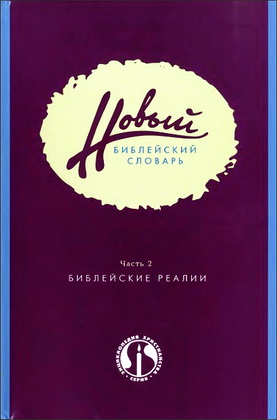
Wimpfheimer - The Talmud - A Biography
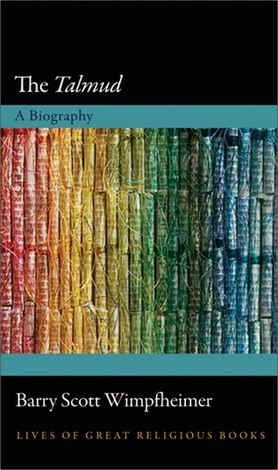
The above three definitions are not mutually exclusive. All are true and can work together. It is necessary to delineate these definitions, though, because each implicates a different historical story and each of these stories produces a register of meaning. This book will demonstrate that there are three registers of Talmudic meaning. (Chapter 1 contains a fuller description of the Talmud itself.)
To understand this notion of multiple registers of meaning, the reader who has not yet encountered the Talmud should consider the biblical Ten Commandments or the United States Constitution as comparable foundational texts. These three texts (the two comparators and the Talmud) were produced in historical time and place. The original meaning of the text is the essential meaning of the text. There are fundamental problems that affect one’s ability to confidently recover the original meaning of a text.
And yet we can easily comprehend historical meaning as an ideal to which one might strive. This is the first register of Talmudic meaning. The three texts we are considering are fundamental to ongoing cultural (including legal and religious) practices of reading and have engendered interpretations and applications (to say nothing of explicit amendments) that exponentially expand the work as each original word or sentence generates exegesis, and becomes the basis for inferences and new applications.
From its completion (ca. 750 CE) until today, the Talmud has been at the center of an active culture of reading that has generated an enormous literature of reception that understands, interprets, and applies it. This enormous literature is often understood as the Talmud by cultural insiders and should be considered the enhanced Talmud. Part of what makes the Ten Commandments or the Constitution relevant long after their respective historical moments of production is the potency of their symbolic meaning. This symbolic meaning is sometimes employed without awareness of essential or enhanced meanings and even, occasionally, in contradiction to those meanings.
People regularly invoke the Ten Commandments as a symbol of divine legislation and moral justice without knowing the specifics of the commandments themselves. The Constitution is invoked as the basis for liberal democracy and all that is noble about the United States without recourse to its specific words. This book argues that the Talmud also possesses a register of meaning that is only loosely connected with the underlying original content (essential) of the work or the vast apparatus of reception (enhanced). When functioning in this emblematic register, the Talmud is sometimes concrete and sometimes abstract.
It is concrete when the Talmud embodies tradition and a particular modern Jewish movement attempts to behead the personified Talmud on the way to a repudiation of tradition. It is abstract when the Talmud is made to signify the idea of Judaism or inherent Jewishness. The three different registers of Talmudic meaning map somewhat neatly on three distinct scholarly fields. Academic scholars of the Talmud are primarily interested in the essential Talmud. Traditional scholars of the Talmud engage the enhanced Talmud. Historians of all periods take a strong interest in the emblematic Talmud.
Chaim Potok’s 1969 bestseller The Promise builds on the tension that exists among the essential, enhanced, and emblematic Talmuds.1 The novel’s first-person narrator, Reuven Malter, is a rabbinical student who spends his days immersed in intense study of the Talmud. The Talmud as a work of literature features multiple layers of rabbinic argumentation about law, myth, and theology. Students of the Talmud within a yeshiva [traditional learning] environment strive to decipher the Talmud’s often messy text. The density and complexity of the Talmud make the reader work actively to produce both basic comprehension and a coherent sense of the whole.
Talmudic aptitude is measured by assessing a reader’s ability to wring coherence out of the text. Talmudic genius inheres in the ability to reimagine the set of Talmudic variables to resolve a dilemma. The Promise is set in postwar New York, and its central plot device is a battle over how to read the Talmud. Reuven Malter has been trained by his father to employ the tools of a textual historian to resolve Talmudic difficulties. By altering a problematic text, the text critic can make the Talmud readable. When the correction is based on a text witness—a different version of the original text preserved in a handwritten manuscript or an alternate print edition — it is as if history itself justifies the alteration. According to the Malters’ methodology, the scholar is fixing a mistake that has crept into the print editions and caused the textual dilemma.
Barry Scott Wimpfheimer - The Talmud - A Biography
Lives of Great Religious Books (Volume 28)
Publishing - Princeton University Press - 2018 y, 320 p.
ISBN 1400890241, 9781400890248
Barry Scott Wimpfheimer - The Talmud - A Biography - Contents
- Acknowledgments
- Prologue: The talmud — essential, enhanced, and emblematic
Chapter 1
- Gestation and Birth
- (Essential Talmud Part One)
Chapter 2
- Anatomy
- (Essential Talmud Part Two)
Chapter 3
- Election: How the Talmud’s
- Discourse Developed
- (Enhanced Talmud)
Chapter 4
- Rivals, Naysayers, Imitators, and Critics (Emblematic Talmud)
Chapter 5
- Golden Old Age: Talmud in Modernity—Three Stories
- notes
- Index
Barry Scott Wimpfheimer - The Talmud - A Biography – Anatomy
A biography of the Talmud would be incomplete without passages that communicate not only Talmudic content, but also the experience of studying the Talmud. The Talmud is extremely varied in both form and content. It is an anthology or compendium of the ideas of the rabbis. The prior chapter characterizes an important early rabbinic (pre-Mishnah) dichotomy that distinguishes between specific types of textual activity (midrashic study of the Bible v. mishnaic statute production). Another nascent distinction within the content of the curriculum also began to develop in which there was a compartmen- talization of rabbinic ideas into buckets that would eventually, in the post-Talmudic era, come to have fixed identities as halakhah [law] and aggadah [non-law].
This dichotomy has been central to the study of the Talmud because it is useful for picking up on inherent variations within and among different Talmudic passages. This chapter opens with a Talmudic story that testifies to both the emergence of the dichotomization of halakhah and aggadah, and to the resistance to this division. Following the story, the chapter returns to treat the Talmudic passage on fire liability in greater depth and then shifts to a nonlegal example. Halakhah and Aggadah: Bald on Both Sides The sixth chapter of the Mishnah tractate Baba Qamma discusses individual liability for damage done by one’s animals or objects. Citing Exodus 22:5, the fourth mish- nah says that if one lights a fire that consumes wood or stone, the person who lit the fire is liable for the damage.
This seemingly mundane topic becomes the setting for a sublime Talmudic passage that tells the story of an interaction between three third- century Palestinian scholars—a teacher and his two students—and introduces an important division in the rabbinic curriculum: Rav Ammi and Rav Assi were sitting before Rav Isaac Nappaha. One said to [Rav Isaac], “let the master teach (something from) the [halakhic legal] tradition" and the other said to [Rav Isaac], “let the master teach (something from) the aggadah (nonlegal tradition).” [Rav Isaac] began to say something from the agga- dah and one [of the students] would not leave him be; [Rav Isaac] began to say something from the [hal- akhic legal] tradition and the other [of the students] would not leave him be. [Rav Isaac] said to them, “I will draw a parable for you; to what is this comparable ?
To a man who has two wives, one a maiden and one a dowager. The maiden plucks his white [hairs] and the dowager plucks his black [hairs]; he ends up being bald from this [side] and that [side].” [Rav Isaac] said to them, “if so, I will say something to you that will be worthwhile for both of you. ‘When fire spreads and finds thorns—spreads: on its own—the person who lights the fire must pay (Exodus 22:5).’” The Holy One Blessed Be He says, I spread the fire in Jerusalem’ as it says ‘And He spread fire in Zion (and it consumed its foundations) (Lamentations 4:11)’ and I will eventually rebuild her with fire as it says, And I will be for her an encircling fire wall (and my glory will be inside her) (Zekhariah 2:9).’ ‘Theperson who lights the fire must pay (Exodus 22:5):’
The Holy One Blessed Be He says, ‘it is incumbent upon me to compensate for the fire that I kindled.’ [Halakhic Legal] tradition: the verse begins with a tort committed by property but concludes with a personal liability [kind of] tort to teach you that one’s fire is like his arrow [i.e., an extension of his body and liability]. The disciple circle was the real world setting in which rabbinic literature was produced. A small group of rabbinical students attended a single charismatic teacher who would instruct them in the finer points of biblical exegesis and legal logic. In this story, the students lobby aggressively for their favorite respective subjects. One of the students wants Rav Isaac to teach something in the spirit of the Mishnah’s focus on legal cases and their interpretation. The other student prefers that Rav Isaac choose an inspirational homily from the nonlegal tradition.
When Rav Isaac begins to speak, neither student concedes the point and allows the lecture to begin on their nonpreferred subject matter. Rav Isaac analogizes this to the fable of a man with both a young and an old wife; each wife tries to produce the husband that matches her circumstance but the combined efforts create a husband less attractive to everyone. Through the parable Rav Isaac communicates his need for space to begin the lecture; otherwise, neither of the students will have the benefits of his teaching. Having chastised the students with the fable, Rav Isaac unifies his students by sequentially offering homiletical and legal interpretations of a single biblical verse, the verse about liability for spreading fire.
Rav Isaac begins with a homily that employs the rabbinic technique of reading across sections of the Bible to transform the verse’s notion of fire liability into a comforting divine promise. Rabbinic homilies were part of ancient synagogue practice and such homilies had a template. Standard rabbinic homiletic technique initially wove a verse from the Torah [the Pentateuch that comprises the first third of the Hebrew Bible or Tanakh] with a verse from the Kethubim [the Writings section that comprises the last third of the Tanakh].
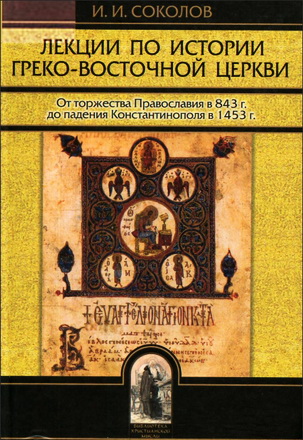
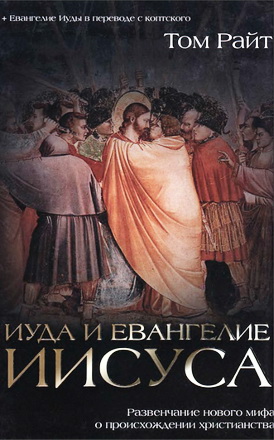

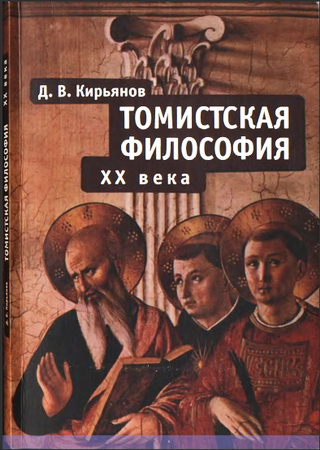
Комментарии
Пока нет комментариев. Будьте первым!